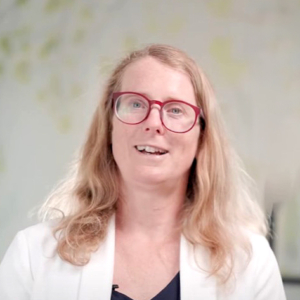Unlocking the Age-Defying Secrets: Your Guide to Non-Surgical Facelifts
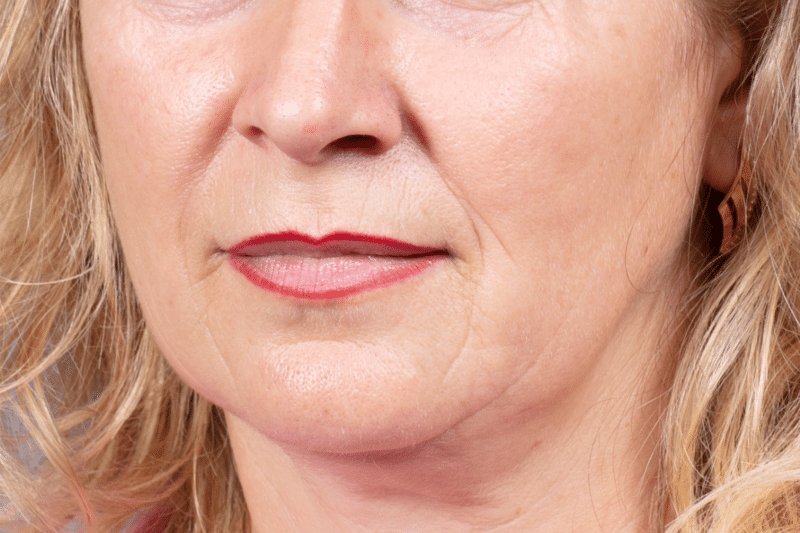
As we get older, our skin starts showing the signs of the life we’ve lived. While some individuals embrace the wisdom that comes with age, many seek ways to maintain a youthful appearance.
Various non-surgical facelift options and innovative treatments promise rejuvenation without surgery. In this blog, we’ll look at non-surgical facelift options that help people look younger by reversing the effects of aging.
Why do people have facelifts?
People choose to have facelifts for various reasons, primarily improving their appearance and boosting their self-confidence. Facelifts address signs of aging in the face and neck. Here are some common reasons why people opt for facelifts:
Reducing Signs of Aging
The natural aging process leads to the development of wrinkles, fine lines, sagging skin, and loss of facial volume. As we age, our faces start sagging downwards and towards the middle. This process is normal, but you can prolong it with a non-surgical or surgical facelift.
Boosting Self-Esteem
Many people feel that their physical appearance doesn’t align with their self-image. A facelift can enhance self-esteem and body image, increasing self-confidence and satisfaction.
Career and Social Reasons
Some professions and social circles consider a youthful appearance advantageous. Some get facelifts to stay competitive at work or feel better in social situations.
Personal Satisfaction
People may undergo facelifts to achieve personal satisfaction and feel better about their appearance. This desire for self-improvement can extend beyond societal pressures.
After Significant Weight Loss
Individuals who have lost a substantial amount of weight may experience excess, sagging skin in the face and neck. A facelift can help address this issue and complete its transformation.
Desire for Natural-Looking Results
A facelift by a skilled surgeon can make you look younger without looking fake.
What is facial sagging?
Facial sagging occurs when the skin and tissues on the face begin to droop because of aging, gravity, and other factors. This happens gradually over time. The skin and tissues lose elasticity and firmness, causing them to sag.
As a result, our skin can sag, lose definition, and develop wrinkles and folds as we age. This is a normal part of getting older.
Let’s look a bit closer at what facial sagging looks like. Facial sagging can manifest in various ways, including:
Jowls
The skin along the jawline and lower cheeks may become loose and saggy, creating a jowl-like appearance.
Folds Between The Nose And The Mouth Corners
These lines run from the nose’s sides to the mouth’s corners. With sagging, these folds can become more pronounced.
Marionette Lines
These lines extend downward from the corners of the mouth to the jaw. They can make people look grumpy or unhappy.
Sagging Neck
The skin on the neck may lose its firmness and develop a “turkey neck” or vertical bands.
Hollowed Cheeks
Facial fat loss can lead to a sunken or hollow appearance in the cheeks.
While facial sagging is a natural part of aging, you have various options to address it. This includes non-surgical treatments like dermal fillers and threads and surgical procedures like facelifts and neck lifts. Consulting with a qualified doctor can help you determine the most suitable approach.
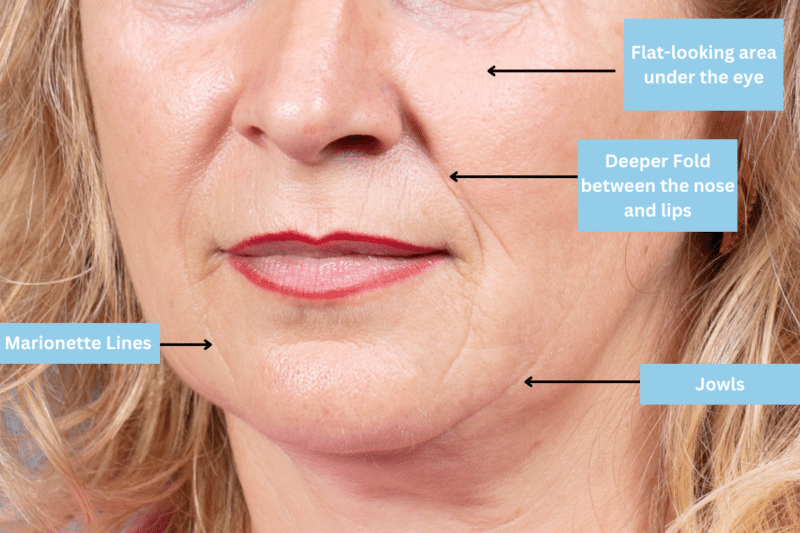
Non-Surgical Facelifts With Injections
Facelift with dermal filler
Dermal filler is a gel-like substance made of a naturally occurring sugar in the skin. Hyaluronic acid, the tiny sugar molecules, tightly link with each other. Because of these links, the sugar molecules become a gel.
The gel thickens as the molecules connect tighter. Thick gels are strong enough to lift the skin and the tiny fat pads in the face. This results in a lifting effect.
The Eight Point Facelift
The “Eight-Point Facelift” is a famous example of a dermal filler facelift. This cosmetic treatment addresses sagging skin and tissues in the face and neck. This technique improves multiple areas of the face and is a popular non-surgical alternative to a traditional facelift.
The Eight-Point Facelift uses soft tissue fillers in eight face areas for a natural, complete, younger look. These key areas typically include:
The Cheekbones
Adding volume to the upper cheek can create a lifting effect. This helps to restore youthful contours and indirectly lifts the mid-face.
Hollows under the eyes in the middle of the cheek
Filling in hollows under the eyes reduces under-eye bags and dark circles, making you look more rested and refreshed.
Lines between The Nose And Mouth
These lines run from the nose’s sides to the mouth’s corners. Filling in these lines can soften their appearance and make you look younger and fresher.
Marionette Lines
These lines extend downward from the corners of the mouth. Filling these lines can help improve the downturned appearance of the mouth.
Jowls
Jowls are a widespread concern and can be bothersome. Lifting the fat pads close to the jowls can reduce the size of the jowls and make them look less prominent.
Jawline
Adding dermal filler to the jawline can create a more defined and youthful jaw contour.
Temples
Adding volume to the temples can restore a more youthful fullness to this area, contributing to a lifted appearance.
The Eight-Point Facelift rejuvenates the face by treating many areas simultaneously, giving a balanced and harmonious look. It aims to achieve natural-looking results without the need for invasive surgery. The dermal filler also improves fine lines and wrinkles, making you look even younger.
Results of cosmetic procedures can differ because of individual anatomy, injector skill, and type of filler used.
Injection Points of The Eight-Point Facelift
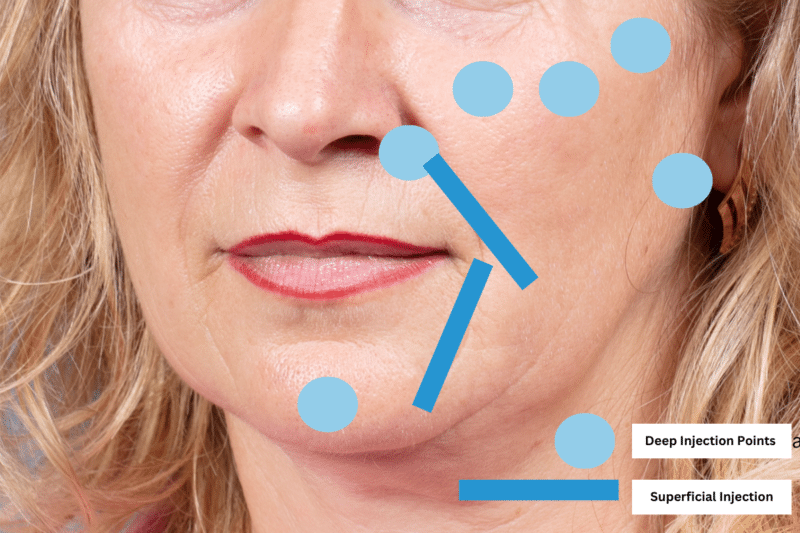
The Non-surgical facelift with PDO threads
A PDO thread lift is a cosmetic procedure designed to lift and tighten sagging skin on the face. PDO stands for “polydioxanone”. This is a non-toxic, absorbable material used to stitch up wounds. But in a PDO thread lift, we insert these threads into the skin to create a lifting effect.
During the procedure, the doctor will insert thin, dissolvable threads under the skin using a needle or cannula. These threads have tiny barbs or cones along their length. The doctor places the threads strategically to lift and reposition the sagging skin, creating a youthful appearance.
The threads help the skin produce more collagen and elastin. This further lifts the skin and face.
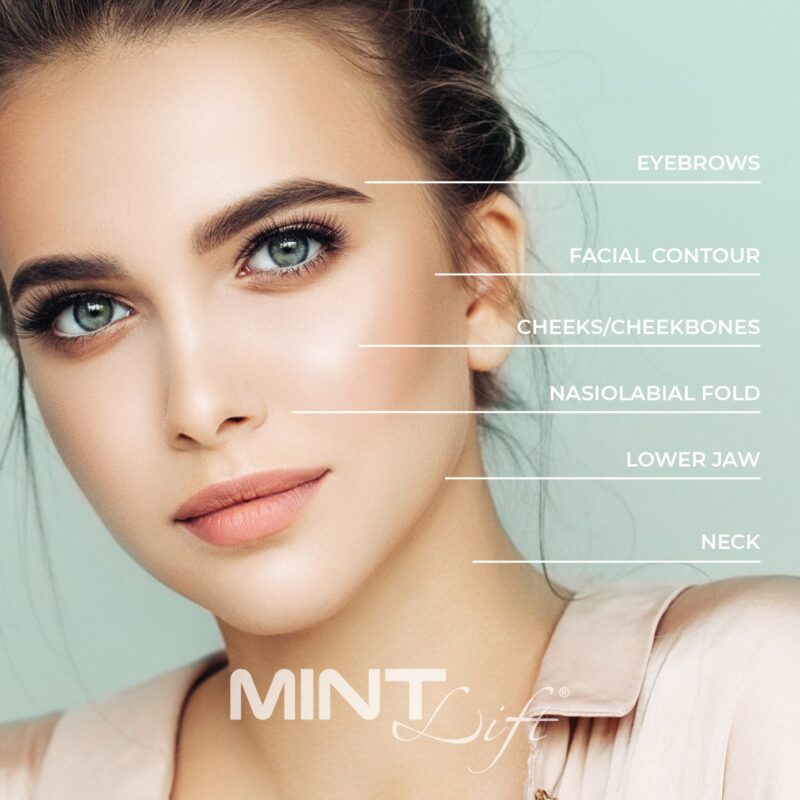
Before And After Surgical Facelift By Dr Nadja Haub
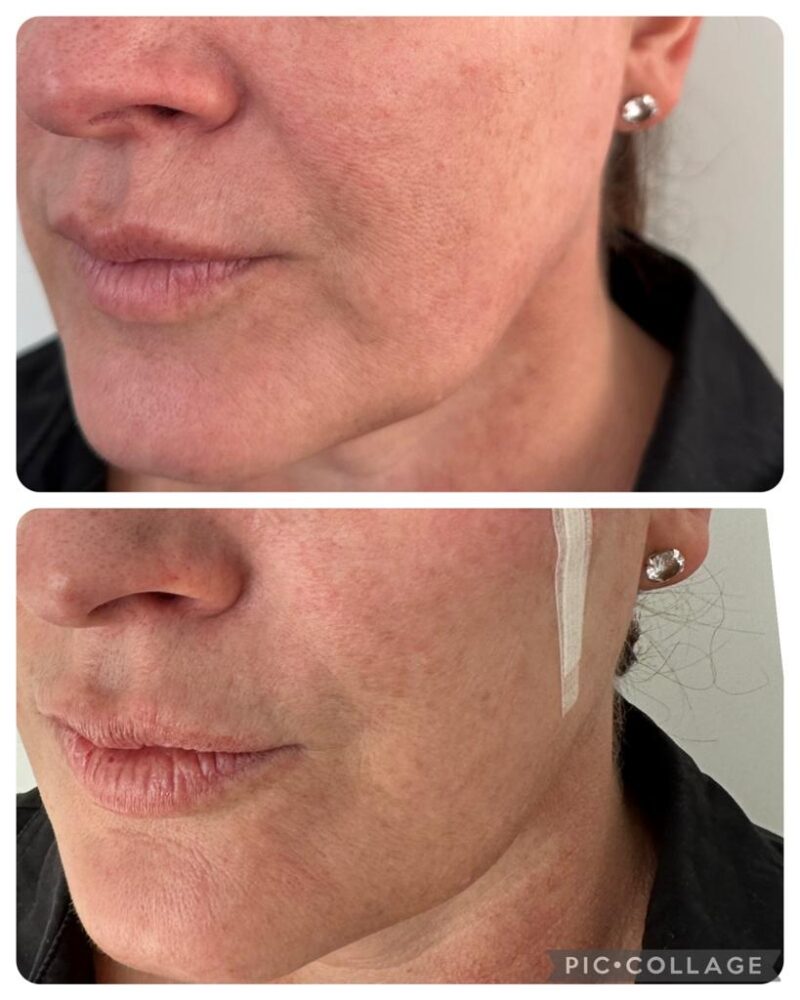
Non-surgical facelifts with no injections
High-Frequency Ultrasound
HIFU (High-Intensity Focused Ultrasound) is a cosmetic treatment that uses ultrasound to lift and tighten the skin on the face and neck. The ultrasound waves cause tiny amounts of scar tissue under the skin. It causes these scars deep under the skin, at skin depths, without damaging the skin.
This scar tissue tightens the layers under the skin and leads to a lifting effect.
Radiofrequency Lifting
Sometimes people refer to this procedure as “RF facelift,” “non-surgical facelift,” or “radiofrequency skin tightening.” It is a skin-tightening treatment.
During an RF facelift, a device emits controlled radiofrequency energy into the deeper layers of the skin. This energy heats the tissues and stimulates collagen production. Collagen is a protein that helps maintain the skin’s firmness.
RF facelift procedures often require several treatment sessions spaced a few weeks apart. This allows the body to build collagen gradually and achieve optimal results over time.
What are the advantages of a non-surgical facelift?
Non-surgical facelifts are less invasive, have shorter recovery times, and are safer than surgical facelifts. Here are some advantages of non-surgical facelifts:
Minimal Downtime
Non-surgical facelifts often involve minimal to no downtime. Patients can usually resume their normal activities shortly after the procedure, whereas surgical facelifts typically require a more extended recovery.
Reduced Risk
Non-surgical facelifts are generally safer and have fewer risks compared to surgical facelifts. No need for anesthesia, major incisions, or sutures decreases the likelihood of complications.
Natural-Looking Results
Experts can use non-surgical methods to enhance facial features, reduce wrinkles, and improve skin texture. They can achieve natural results without the risk of looking fake or unnatural.
Gradual Improvement
Non-surgical facelifts offer gradual improvement over time. This helps make subtle changes without the significant and abrupt change of surgery.
Cost-Effectiveness
Non-surgical facelifts are often more cost-effective than surgical facelifts. Surgery costs more than non-surgical options.
You don’t need anesthesia.
Surgical facelifts typically require anesthesia, which carries its own set of risks. Non-surgical options don’t require general anesthesia. Instead, a topical numbing cream can provide good pain relief.
Quick Procedures
Most non-surgical facelift procedures are relatively quick. They often take less than an hour to perform, making them convenient for people with busy schedules.
A non-surgical facelift’s success depends on your age, skin condition, desired results, and the practitioner’s skill.
Consulting with a cosmetic professional is crucial. They can create a personalized treatment plan specifically designed for you. This plan will help you achieve your aesthetic goals.
Before And After Surgical Facelift By Dr Nadja Haub
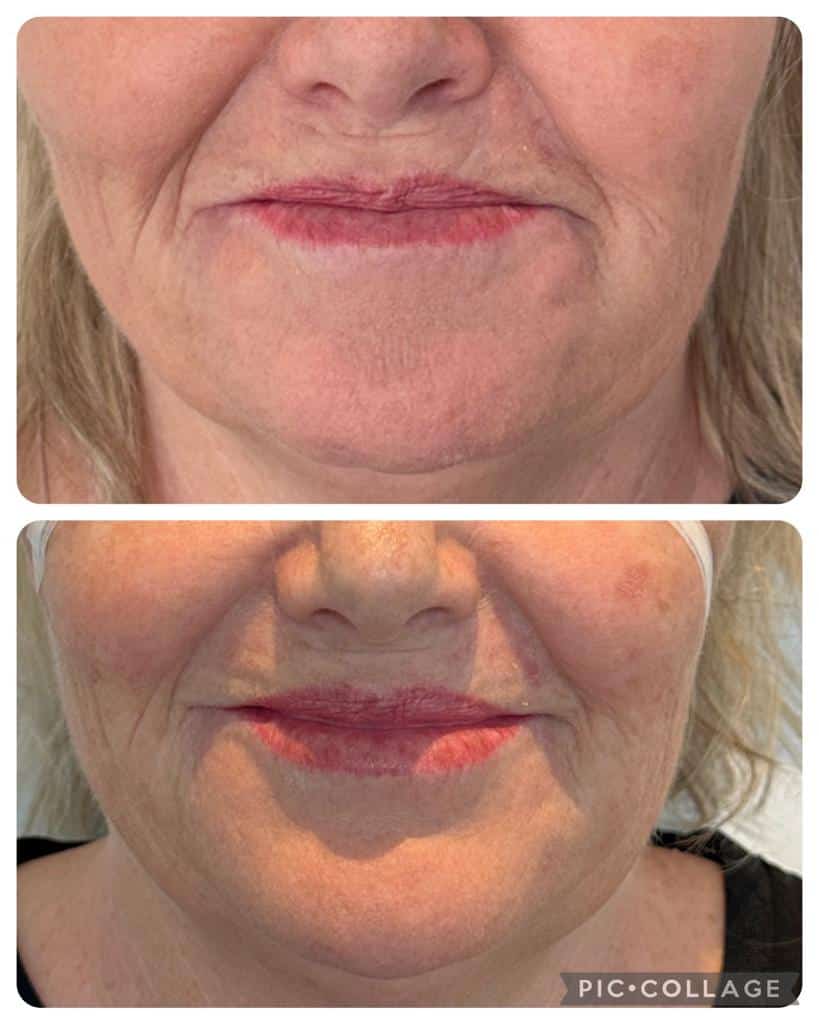
What are the drawbacks of a non-surgical facelift?
Non-surgical facelifts are popular as they have less downtime and risk than surgery, but they also have drawbacks:
Temporary Results
The effects of non-surgical facelift procedures are usually temporary. The body eventually absorbs any dermal fillers or threads. This means the results will fade over time. You do need regular maintenance to sustain your desired appearance.
Limited Lift
Non-surgical procedures can only provide modest lifting effects. A surgical facelift can achieve a higher level of lifting and tightening. This is especially true if you have pretty significant skin laxity.
Subtle Changes
Non-surgical facelifts are better suited if you seek subtle improvements rather than dramatic transformations.
Bruising and Swelling
Like any injection-based procedure, non-surgical facelifts can cause temporary bruising, swelling, and redness at the injection sites. These side effects can vary in severity and duration.
Cost Over Time
One non-surgical treatment may cost less than a facelift, but having multiple sessions over time can still be expensive. Surgical facelifts only have a one-time fee.
Can Botulinum Toxin Injectables lift my face?
The answer is no. Botox relaxes muscles and can treat fine lines and wrinkles on top of a stiff muscle. It can not help lift the face.
Can weight loss make facial sagging worse?
Weight loss can potentially contribute to facial sagging, depending on various factors. When you lose a significant amount of weight, especially rapidly, it may result in the loss of fat volume in the face, reducing skin elasticity. This can contribute to the appearance of sagging or loose skin on the face.
Conclusion
Non-surgical facelift options have revolutionized the way we approach aging and skincare. With advancements in medical aesthetics, you now have many non-invasive options. This allows many people to achieve a younger and revitalized appearance without surgery.
Non-surgical facelifts use fillers, thread lifts, radiofrequency and ultrasound to rejuvenate the face.
Consult a doctor to find the best way to reach your goals while keeping yourself safe and healthy. Contact Satini Cosmetic Clinic for more info on non-surgical facelifts. Don’t hesitate to reach out.
Dr Nadja Haub is an accredited doctor on Realself.com. Read here how she answered questions about non-surgical facelifts.


